Quiz Sciences
Last Updated:
IMPROVE YOUR KNOWLEDGE WITH OUR SCIENCE QUIZ
Are you passionate about science? We offer you a collection of science quizzes to test your knowledge on different subjects, such as physics, biology, chemistry, astronomy, geology, etc.
Our science quizzes are a fun and educational way to discover the world of science. With our selection of questions on different topics, you can test your knowledge about science and technology. Do you know the most important laws of physics? Can you name the different parts of the human body? Can you identify the different chemical elements? Our science quizzes are here to help you answer these questions and expand your scientific knowledge.
Our science quizzes will help you discover new topics and theories, as well as learn about the great scientists in history. Science quizzes are a fun way to reinforce your knowledge and discover the beauty and complexity of the universe. So if you are a science enthusiast or just curious, come test your knowledge with our science quizzes.
sciences
/ 10
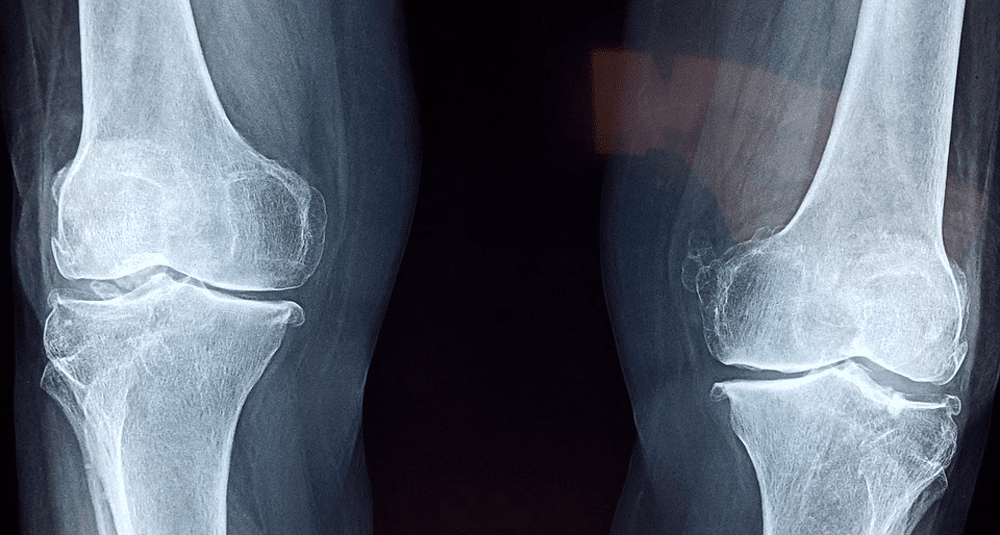
Which sesamoid bone is in the knee?
2Patella
1Malleolus

🙌 Good answer
The patella is a sesamoid bone of the knee. It protects the knee joint and facilitates movement by improving the leverage of the quadriceps femoris tendon.
Next question

😞 Wrong answer
The patella is a sesamoid bone of the knee. It protects the knee joint and facilitates movement by improving the leverage of the quadriceps femoris tendon.
Next question
sciences
/ 10

Which mathematician and astronomer improved the mechanism of the pendulum clock in 1656?
2Christian Huygens
1Galileo

🙌 Good answer
In 1656, mathematician and astronomer Christiaan Huygens perfected the pendulum clock, improving the accuracy of time measurement.
Next question

😞 Wrong answer
In 1656, mathematician and astronomer Christiaan Huygens perfected the pendulum clock, improving the accuracy of time measurement.
Next question
sciences
/ 10
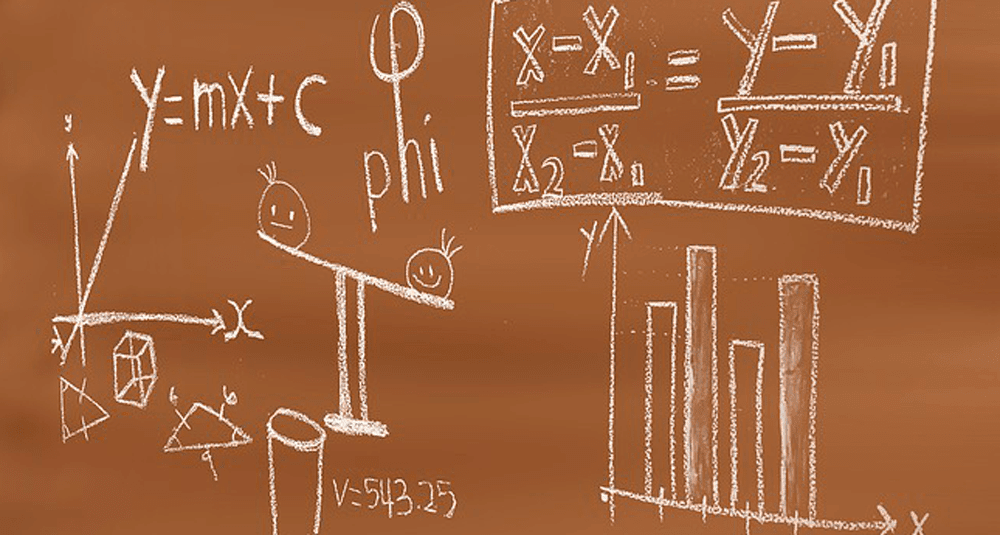
In how many angles does a bisector cut a half-line?
22
11

🙌 Good answer
A bisector divides an angle into two equal parts, creating two angles of equal measure from the initial angle.
Next question

😞 Wrong answer
A bisector divides an angle into two equal parts, creating two angles of equal measure from the initial angle.
Next question
sciences
/ 10
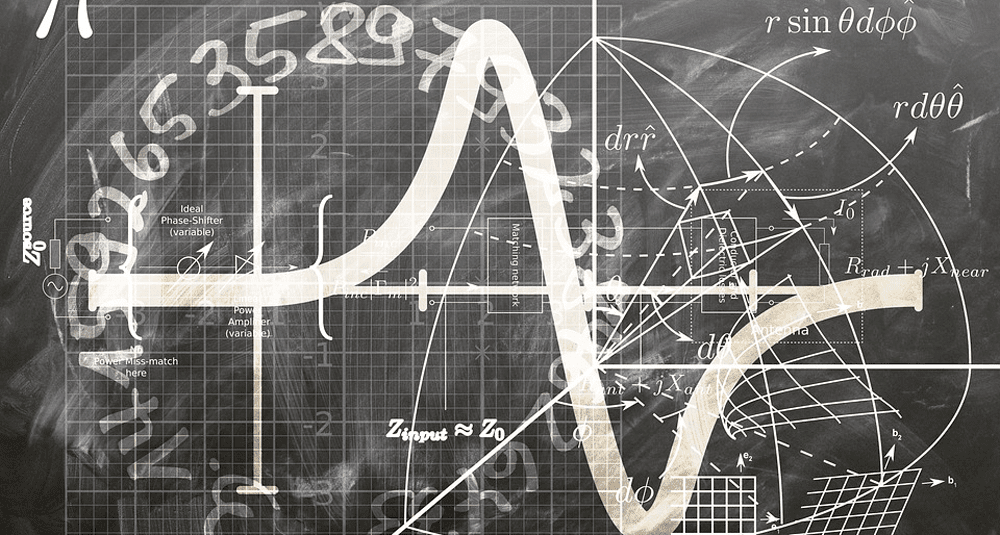
Is an obtuse angle smaller or larger than a right angle?
2Bigger
1Smaller

🙌 Good answer
An obtuse angle is larger than a right angle. It measures between 90° and 180°, whereas a right angle measures exactly 90°.
Next question

😞 Wrong answer
An obtuse angle is larger than a right angle. It measures between 90° and 180°, whereas a right angle measures exactly 90°.
Next question
sciences
/ 10
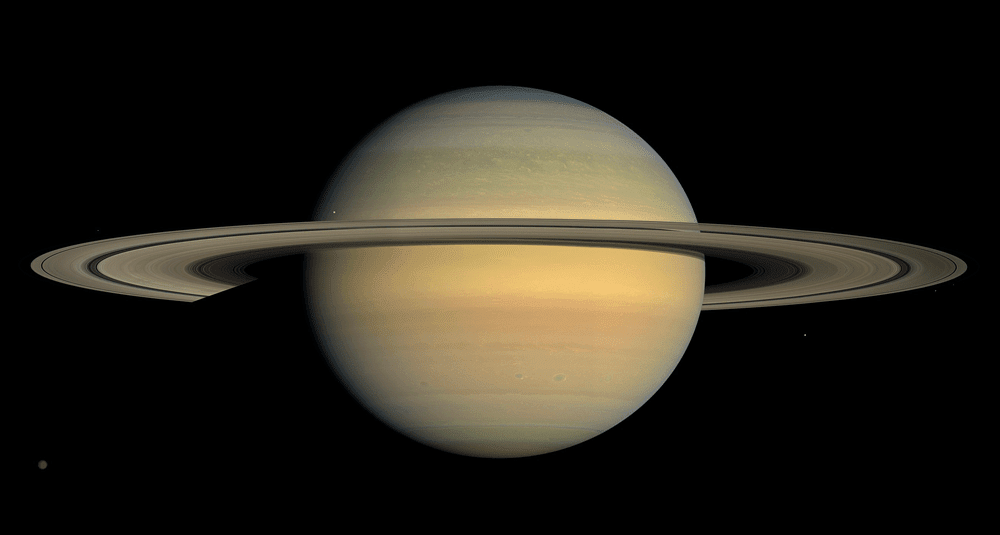
How many years did the Cassini space probe remain in orbit around Saturn?
113 years
220 years

🙌 Good answer
The Cassini probe remained in orbit around Saturn for 13 years, from 2004 to 2017, exploring the planet and its moons before its final disintegration.
Next question

😞 Wrong answer
The Cassini probe remained in orbit around Saturn for 13 years, from 2004 to 2017, exploring the planet and its moons before its final disintegration.
Next question
sciences
/ 10

What is the name of the chemical symbol F?
1Fluorine
2Francium

🙌 Good answer
In Mendeleyev's periodic table of elements, F is the symbol for the chemical element Fluorine!
Next question

😞 Wrong answer
In Mendeleyev's periodic table of elements, F is the symbol for the chemical element Fluorine!
Next question
sciences
/ 10

What French doctor attempted a blood transfusion from a lamb to a human being in 1667?
2Jean-Baptiste Denys
1Ambroise Paré

🙌 Good answer
In 1667, French physician Jean-Baptiste Denys made the first attempt to transfuse blood from a lamb to a human being.
Next question

😞 Wrong answer
In 1667, French physician Jean-Baptiste Denys made the first attempt to transfuse blood from a lamb to a human being.
Next question
sciences
/ 10

Which researcher discovered the Principle of Induced Pluripotency and was awarded the Nobel Prize for Medicine in 2012?
2Shinya Yamanaka
1Tasuku Honjo

🙌 Good answer
Induced pluripotency involves "reprogramming" a differentiated cell into a stem cell by reactivating the expression of genes associated with the embryonic stage. For this discovery, researcher Shinya Yamanaka was awarded the Nobel Prize for Medicine in 2012.
Next question

😞 Wrong answer
Induced pluripotency involves "reprogramming" a differentiated cell into a stem cell by reactivating the expression of genes associated with the embryonic stage. For this discovery, researcher Shinya Yamanaka was awarded the Nobel Prize for Medicine in 2012.
Next question
sciences
/ 10
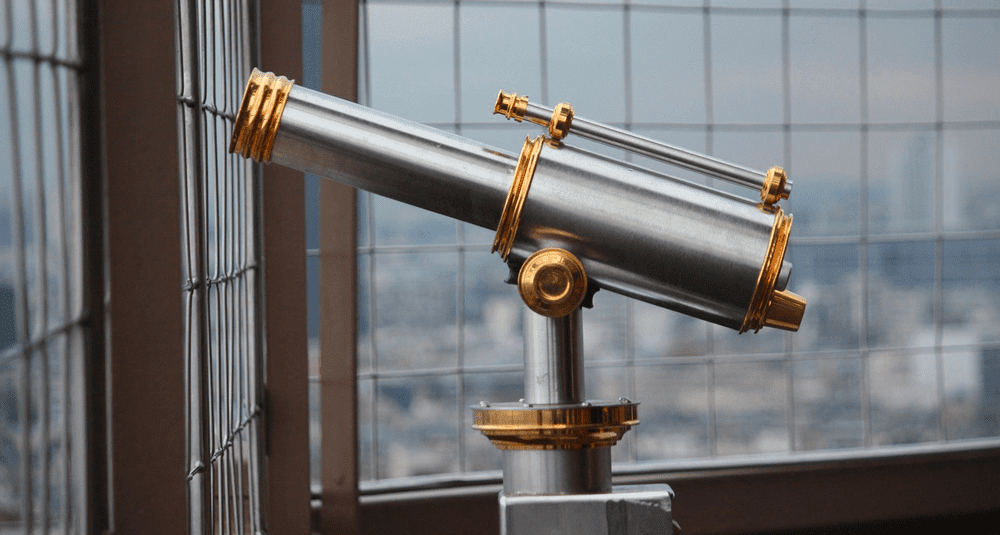
Which Dutch inventor introduced one of the first telescopes in 1608?
2Hans Lippershey
1Antoni van Leeuwenhoek

🙌 Good answer
Hans Lippershey is a Dutch optician, he presented at the end of September 1608 one of the first concrete realizations of a telescope of approach. This telescope was to lead very quickly to the telescope and then to the telescope.
Next question

😞 Wrong answer
Hans Lippershey is a Dutch optician, he presented at the end of September 1608 one of the first concrete realizations of a telescope of approach. This telescope was to lead very quickly to the telescope and then to the telescope.
Next question
sciences
/ 10
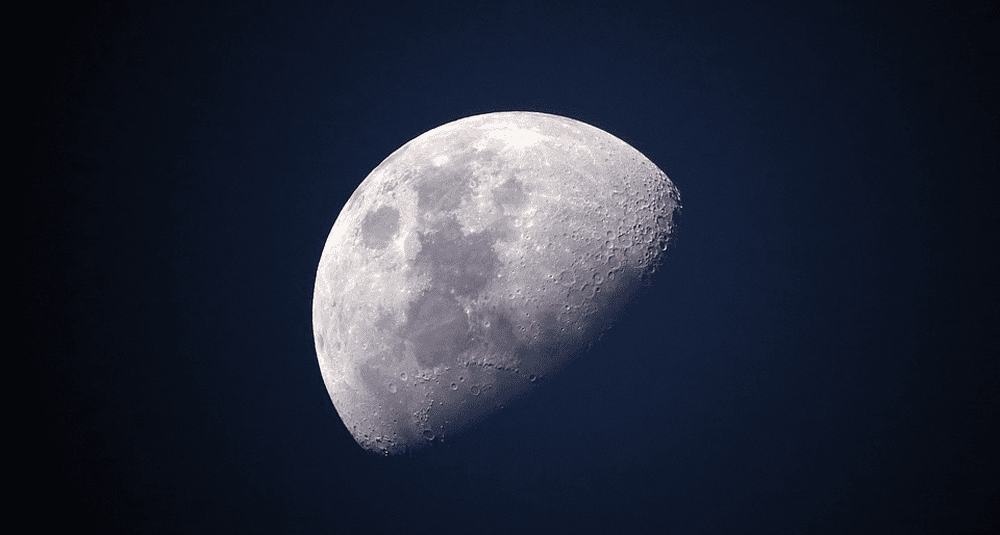
What is the average diameter of the moon?
23 474 km
12 474 km

🙌 Good answer
The Moon's average diameter is around 3,474 km. Smaller than the Earth, it remains the fifth largest satellite in the solar system.
Next question

😞 Wrong answer
The Moon's average diameter is around 3,474 km. Smaller than the Earth, it remains the fifth largest satellite in the solar system.
Next question



